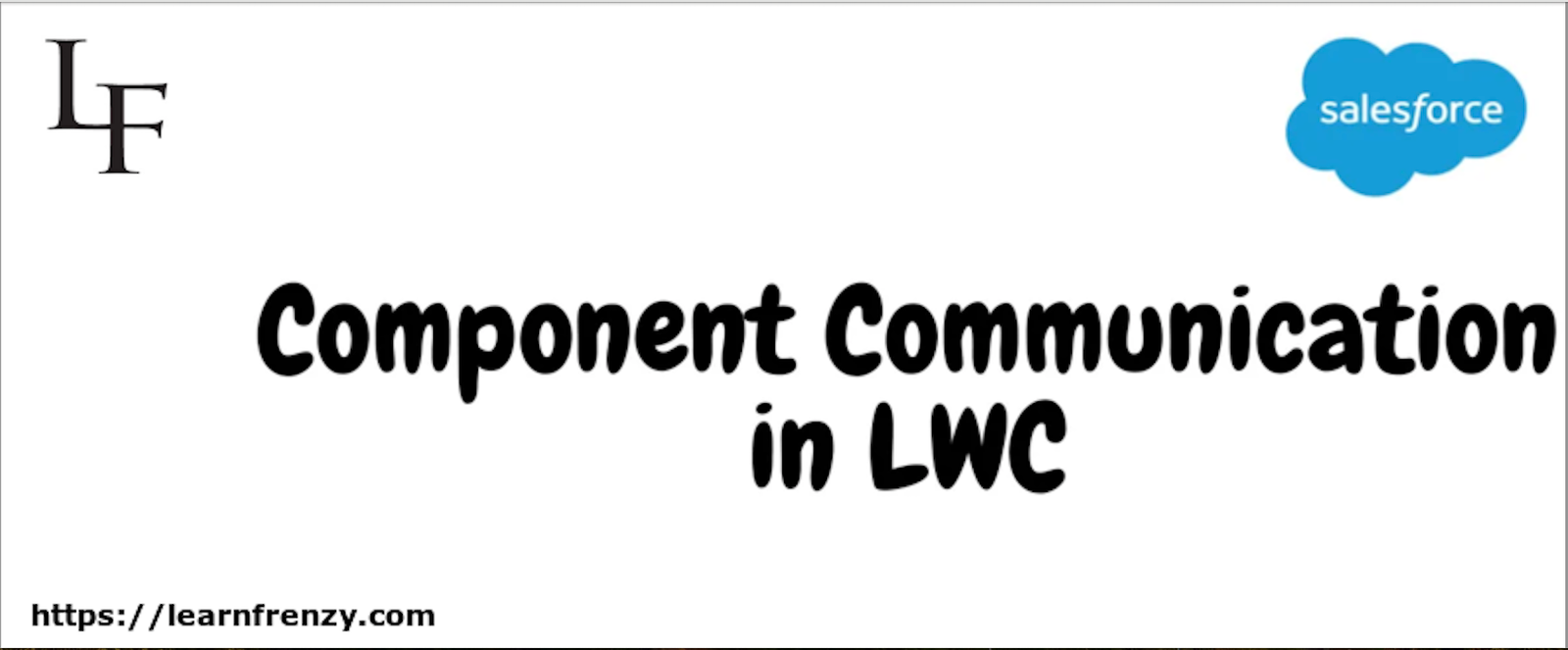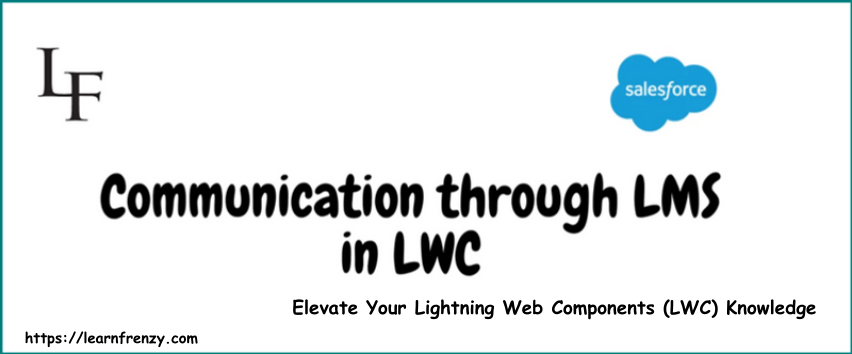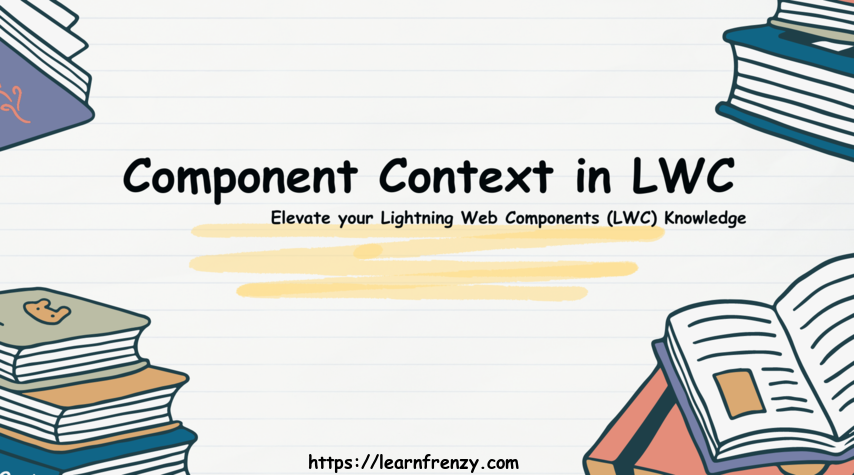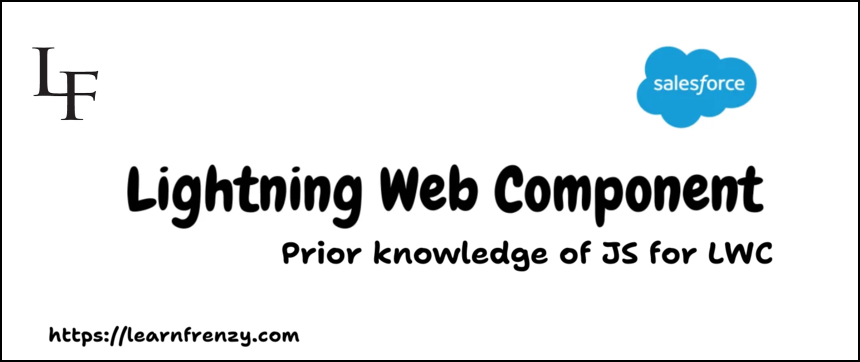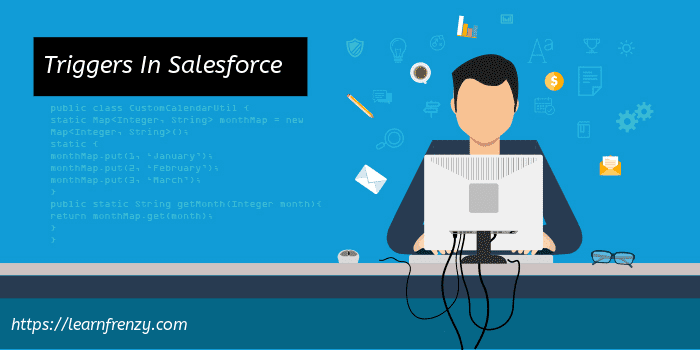Lifecycle Hooks in LWC
Lifecycle hooks are a fundamental aspect of any Lightning Web Component (LWC) development journey. They provide developers with the ability to control and respond to the various stages in a component's lifecycle, allowing for a more efficient and fine-tuned approach to building web components in the Salesforce ecosystem. In this blog, we delve into the world of LWC lifecycle hooks. We will explore what these hooks are, why they are essential, and how to use them effectively to create ...
Read More
